Industrial Hygiene Blogs So Far
This is the fourth in a series of blogs on industrial hygiene (IH). The first one explained that industrial hygiene was the recognition, evaluation, and control of hazards in the workplace. The second blog defined a hazard as a source of danger or an agent which has the potential to cause to harm to a vulnerable target. Sources of hazards were identified in manufacturing, construction, maritime, office, and other workplaces. Different types of resources were identified such as guidelines provided by the U.S. Occupational Safety & Health Administration (OSHA, www.osha.gov) and the National Institute of Occupational Safety & Health (NIOSH, www.cdc.gov/niosh). The third blog focused on the recognition or identification of hazards. And, this blog will walk you through an example of hazard recognition for a specific operation.
IH Hazard Recognition Example
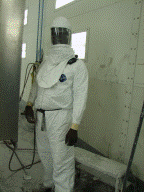 Let’s say the operation is spray painting a finished metal part before shipping. The part comes into the paint spray booth already deburred and sanded. It is ready to paint. The operation involves the following tasks:
Let’s say the operation is spray painting a finished metal part before shipping. The part comes into the paint spray booth already deburred and sanded. It is ready to paint. The operation involves the following tasks:
- Clean/degrease the part
- Allow part to dry
- Fill paint pot with primer
- Spray part with primer
- Allow part to dry
- Sand primed surface to smooth it before final coat of paint
- Clean sanding debris from part
- Fill new paint pot with finishing paint
- Spray paint with finishing paint
- Allow to dry then send to shipping department
- Clean out spray guns and paint pots
So what are the hazards that you can identify? Steps 1 and 2 could present an inhalation and skin absorption hazard due to the use of solvents containing volatile organic compounds (VOCs). This could also be true for Steps 3, 4, 5, 8, 9, 10, and 11 depending on the chemicals present in the primer and finish paint. Additionally, during spraying, there could be a hazard associated with particulates. This is also true of the sanding and cleanup in Steps 6 and 7. There also may be metals of concern in the sand paper.
In terms of recognizing the specific potential hazards of most concern, that will depend on the constituents in the cleaner/degreaser, primer, sandpaper, and finish paint. Without that information, the potential hazards of most concern will likely be vapors and particulates from the spraying steps. How can you know? That is where the industrial hygiene evaluation comes in. But that will be covered in our next blog.
 So that concludes our discussion of hazard recognition in industrial hygiene. In our next blog in this series, we will discuss the evaluation of potential industrial hygiene hazards. That process often includes industrial hygiene testing. In the meantime, if you need any help, Environmental Safety Consultants (www.escflorida.com) is here. We are a Florida licensed environmental engineering company with a CIH on staff. We have the credentials and experience to help you complete your industrial hygiene project. We have a proven track record with a Florida licensed environmental engineer and mold assessors, plus degreed environmental scientists on staff. We specialize in industrial hygiene, indoor air quality, asbestos, lead paint, silica, noise, and more. We are just a telephone call (800-226-1735) or an e-mail away (escinc@verizon.net). Contact us today!
So that concludes our discussion of hazard recognition in industrial hygiene. In our next blog in this series, we will discuss the evaluation of potential industrial hygiene hazards. That process often includes industrial hygiene testing. In the meantime, if you need any help, Environmental Safety Consultants (www.escflorida.com) is here. We are a Florida licensed environmental engineering company with a CIH on staff. We have the credentials and experience to help you complete your industrial hygiene project. We have a proven track record with a Florida licensed environmental engineer and mold assessors, plus degreed environmental scientists on staff. We specialize in industrial hygiene, indoor air quality, asbestos, lead paint, silica, noise, and more. We are just a telephone call (800-226-1735) or an e-mail away (escinc@verizon.net). Contact us today!

 The application of the term recognition in the industrial hygiene field is the identification of a hazard. It may be one that is obvious and you are familiar with or it may be hidden and unknown to you. An example of a known obvious hazard would be a dust cloud surrounding a worker dry sawing concrete. Most people would recognize the dust as being a potential respiratory hazard and many would take it a step further and recognize that the silica most likely in the dust can cause silicosis. On the other hand, a hidden hazard may be an oxygen deficient atmosphere in a confined space. You cannot see the oxygen deficiency and you may not be aware that it is a potential hazard. However, the atmosphere could result in asphyxiation and death.
The application of the term recognition in the industrial hygiene field is the identification of a hazard. It may be one that is obvious and you are familiar with or it may be hidden and unknown to you. An example of a known obvious hazard would be a dust cloud surrounding a worker dry sawing concrete. Most people would recognize the dust as being a potential respiratory hazard and many would take it a step further and recognize that the silica most likely in the dust can cause silicosis. On the other hand, a hidden hazard may be an oxygen deficient atmosphere in a confined space. You cannot see the oxygen deficiency and you may not be aware that it is a potential hazard. However, the atmosphere could result in asphyxiation and death.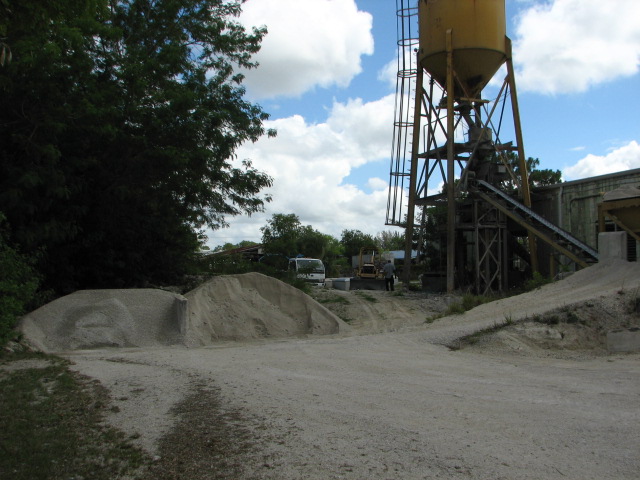 Many of the industrial hygiene hazards in construction are the same as in manufacturing. However, certain sources are more unique or prevalent due to the nature of construction. Examples are concrete installation, finishing, and removal; paver installation; remodeling and demolition involving lead based lead paint, asbestos containing materials, bird feces, mold, and bacteria; digging in soil; and painting.
Many of the industrial hygiene hazards in construction are the same as in manufacturing. However, certain sources are more unique or prevalent due to the nature of construction. Examples are concrete installation, finishing, and removal; paver installation; remodeling and demolition involving lead based lead paint, asbestos containing materials, bird feces, mold, and bacteria; digging in soil; and painting.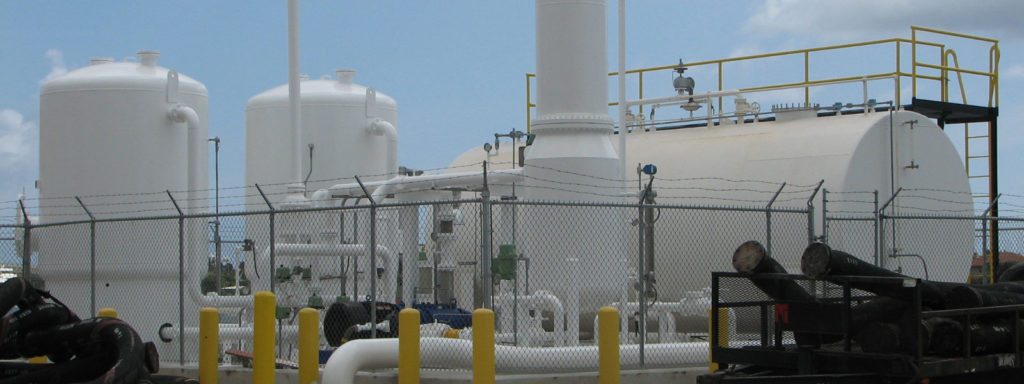
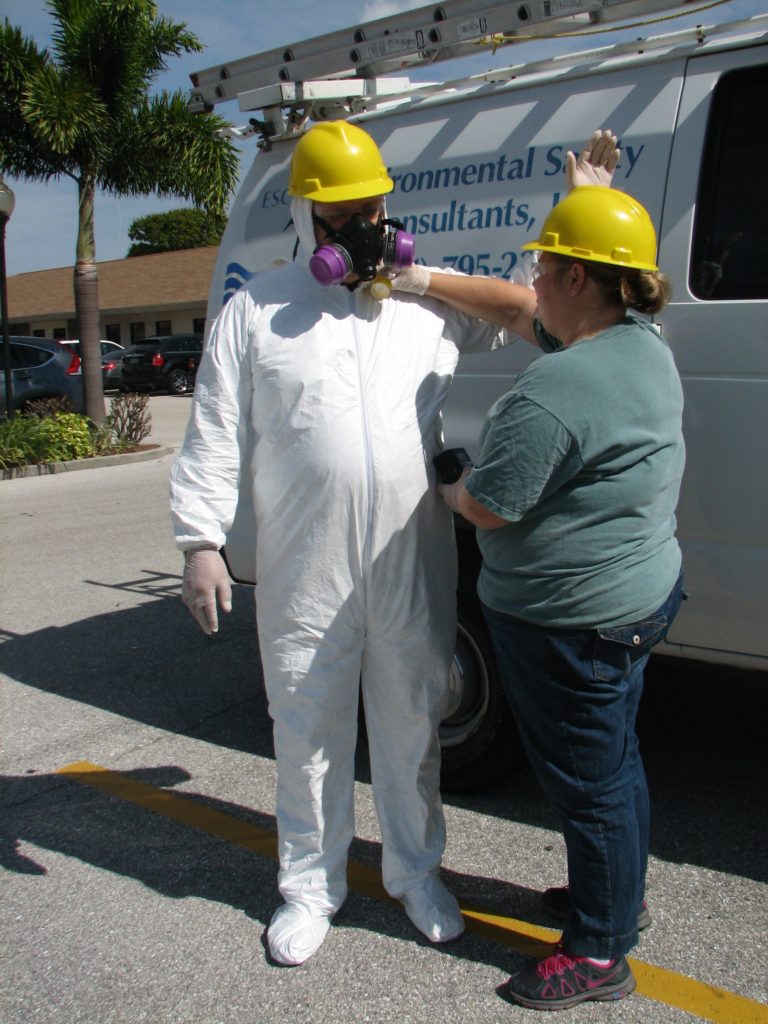 The term raises a lot of questions from the general public. They often include whether it is similar to dental hygiene or if it is a prescribed procedure for manufacturers to wash their hands? It has been suggested over the years that perhaps industrial hygiene be replaced with occupational hygiene. Maybe so, but that is not self-evident either. Industrial hygiene concerns the recognition, evaluation, and control of hazards in the work environment. It has evolved over the last couple thousand years and like a lot of things, exploded with the Industrial Revolution in the late 1800’s. It involves identifying hazards on the job that can affect the health of workers. It has grown out of the manufacturing sector, was applied directly to the construction and maritime industries, and now includes virtually any work environment with the recognition of hazards from asbestos, radon, mold, silica, indoor air quality, and, yes, most recently the novel coronavirus causing the COVID-19 pandemic.
The term raises a lot of questions from the general public. They often include whether it is similar to dental hygiene or if it is a prescribed procedure for manufacturers to wash their hands? It has been suggested over the years that perhaps industrial hygiene be replaced with occupational hygiene. Maybe so, but that is not self-evident either. Industrial hygiene concerns the recognition, evaluation, and control of hazards in the work environment. It has evolved over the last couple thousand years and like a lot of things, exploded with the Industrial Revolution in the late 1800’s. It involves identifying hazards on the job that can affect the health of workers. It has grown out of the manufacturing sector, was applied directly to the construction and maritime industries, and now includes virtually any work environment with the recognition of hazards from asbestos, radon, mold, silica, indoor air quality, and, yes, most recently the novel coronavirus causing the COVID-19 pandemic. The use of lead greatly increased over time, especially after the industrial age began in the 1800’s. It was a versatile element with unique physical and chemical properties. Its uses appeared endless. It is soft and easily worked. It was rolled into sheets and pipes and was combined with other metals. It was used in the construction industry for roofing, paints, flashing, electrical conduit, and pipes conveying drinking water and sewer. And do not forget it was used in gasoline supposedly for anti-knock in automotive engines, although with its introduction, cars no longer lasted a lifetime! From all of these uses, tons of lead were released to the environment. Fortunately, it was banned from gasoline in the 1970’s, which eliminated a big portion of the environmental load.
The use of lead greatly increased over time, especially after the industrial age began in the 1800’s. It was a versatile element with unique physical and chemical properties. Its uses appeared endless. It is soft and easily worked. It was rolled into sheets and pipes and was combined with other metals. It was used in the construction industry for roofing, paints, flashing, electrical conduit, and pipes conveying drinking water and sewer. And do not forget it was used in gasoline supposedly for anti-knock in automotive engines, although with its introduction, cars no longer lasted a lifetime! From all of these uses, tons of lead were released to the environment. Fortunately, it was banned from gasoline in the 1970’s, which eliminated a big portion of the environmental load.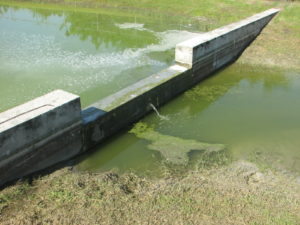 In our original blog article entitled “Florida NPDES Stormwater Requirements”, we provided an overview of these regulatory requirements. In this current article, we will provide more details on the monitoring itself. These monitoring requirements apply to stormwater runoff leaving your site. This may be a single outfall or more than one outfall. If there is no outfall, you may have to construct one to collect runoff to monitor.
In our original blog article entitled “Florida NPDES Stormwater Requirements”, we provided an overview of these regulatory requirements. In this current article, we will provide more details on the monitoring itself. These monitoring requirements apply to stormwater runoff leaving your site. This may be a single outfall or more than one outfall. If there is no outfall, you may have to construct one to collect runoff to monitor. So now you know details on Florida NPDES Stormwater Monitoring for industrial facilities. If you need any more information, Environmental Safety Consultants (
So now you know details on Florida NPDES Stormwater Monitoring for industrial facilities. If you need any more information, Environmental Safety Consultants (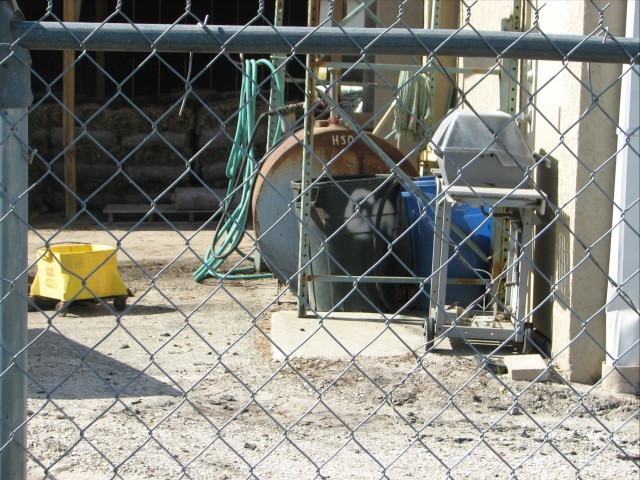 Industrial facilities included are manufacturers and those with Standard Industrial Classifications (SIC) 20 through 45, 50, and 51, plus power plants, mining operations, recycling facilities, and transportation facilities. Others include landfills, mines, hazardous waste facilities, and junkyard facilities. Industrial areas or operations which could impact stormwater include material storage, access roads, and rail lines, manufactured and intermediate product storage, material handling equipment storage, and maintenance areas. Drums or tanks of solvents, oils, and chemicals are included as are open dumpsters, air compressors, and material handling areas outside. Facilities are covered if their stormwater runoff discharges directly or ultimately to navigable waters of the U.S. In Florida, this applies to most sites.
Industrial facilities included are manufacturers and those with Standard Industrial Classifications (SIC) 20 through 45, 50, and 51, plus power plants, mining operations, recycling facilities, and transportation facilities. Others include landfills, mines, hazardous waste facilities, and junkyard facilities. Industrial areas or operations which could impact stormwater include material storage, access roads, and rail lines, manufactured and intermediate product storage, material handling equipment storage, and maintenance areas. Drums or tanks of solvents, oils, and chemicals are included as are open dumpsters, air compressors, and material handling areas outside. Facilities are covered if their stormwater runoff discharges directly or ultimately to navigable waters of the U.S. In Florida, this applies to most sites.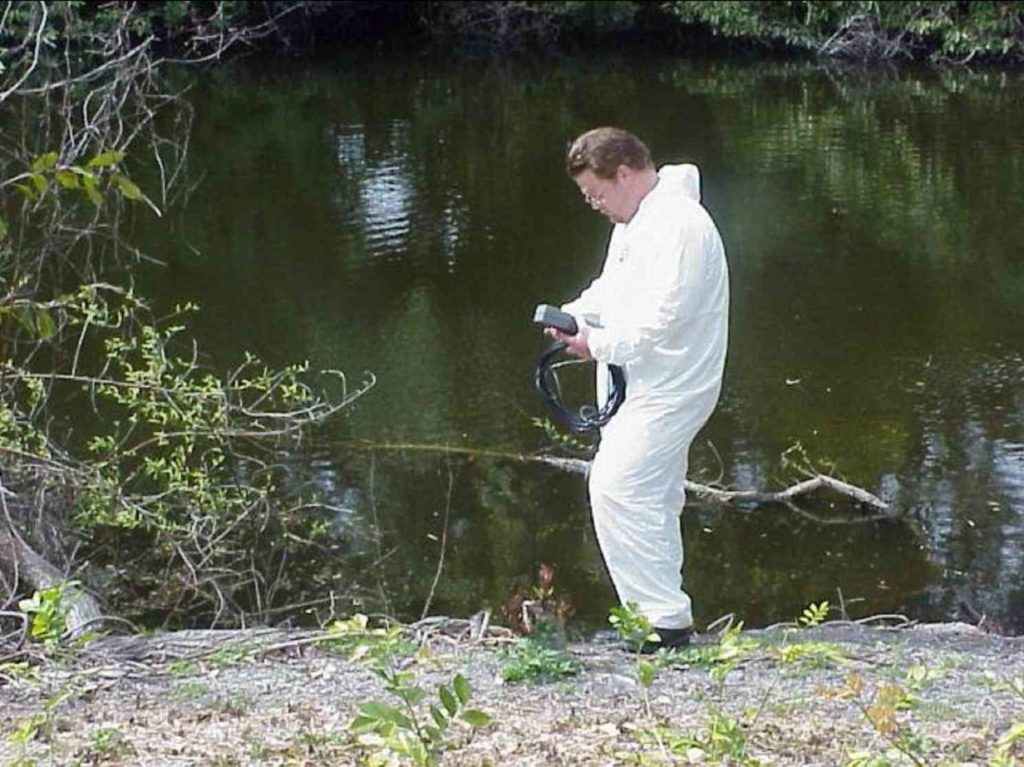 Finally, quarterly visual monitoring of the stormwater runoff will have to be completed for the life of the permit. Additionally, for certain SIC Codes, in years 2 and 4 of the permit, samples will have to be analyzed in an analytical laboratory. Analytical results must be reported to FDEP by March 1st of the year following monitoring. In certain cases when the analytical results for year 2 of the monitoring are in compliance, the FDEP may waive entirely or partially the year 4 analytical monitoring requirements.
Finally, quarterly visual monitoring of the stormwater runoff will have to be completed for the life of the permit. Additionally, for certain SIC Codes, in years 2 and 4 of the permit, samples will have to be analyzed in an analytical laboratory. Analytical results must be reported to FDEP by March 1st of the year following monitoring. In certain cases when the analytical results for year 2 of the monitoring are in compliance, the FDEP may waive entirely or partially the year 4 analytical monitoring requirements.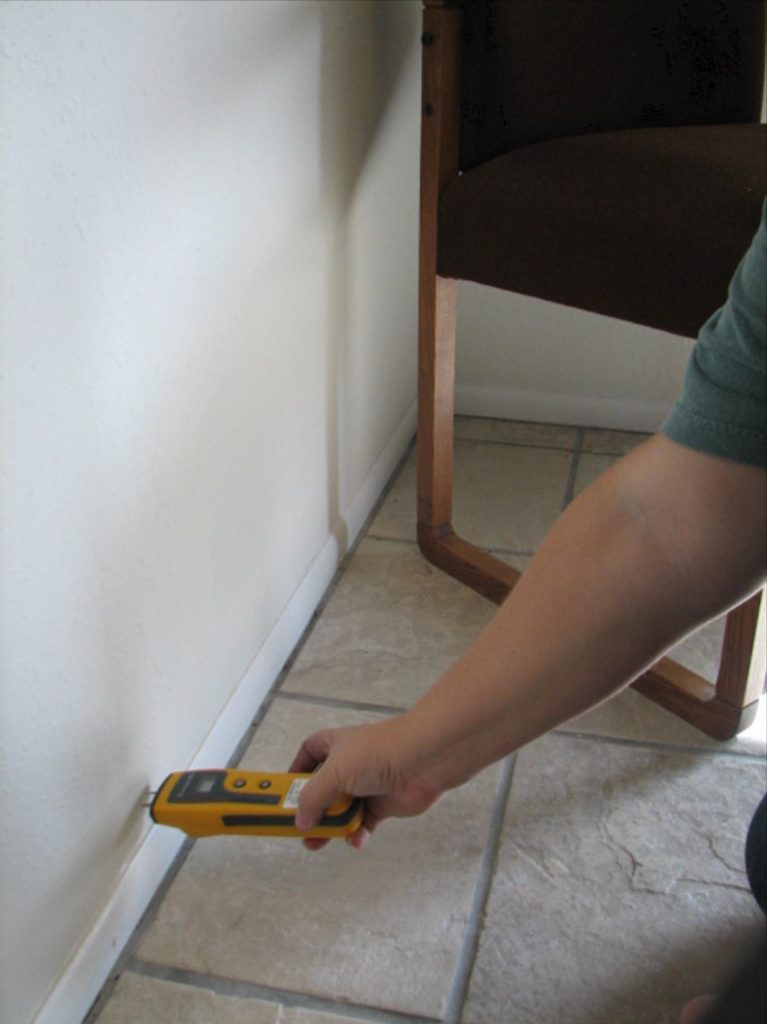 Building Materials
Building Materials